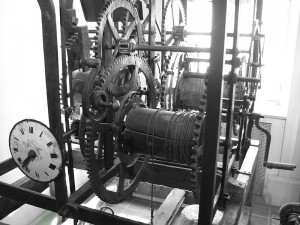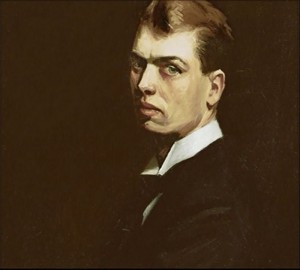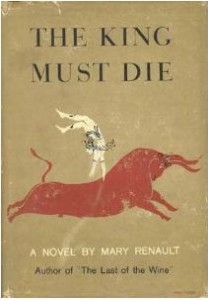In our previous post, we established that in order to create characters who keep readers turning pages, you need to:
- Create interesting characters – your story people should come alive on the page. (We’ll share more about making characters come to life in a future post.)
- Give your characters an intense motivation – something they care intensely about and/or desperately want to achieve – or prevent!
The above recommendations hold especially true when you create your hero.
A fascinating hero who has a strong goal keeps readers riveted to the page.
What’s more – to ensure the rivets don’t jiggle loose – you need to make your hero struggle mightily to achieve his goal. That’s because, without struggle, heartbreak, and immense frustration, there is no story.
That means: your hero needs to be a scrapper.
He needs to be ready, willing, and able (although sometimes he may be allowed a moment of hesitation), to fight against all odds.
It also means you need to put your hero in a situation/situations where he must resist/fight/struggle/endure, and where the stakes are constantly raised.
That – again – is why your hero needs to be strongly motivated. He must want to achieve (or prevent) something so badly that he is willing to give the struggle his all.
What is true of the hero, is true also for the antagonist. That is where story conflict arises – in the clash of the hero and the antagonist as each pursues opposing goals.
If you choose to develop one or more subplots, your minor characters also will have strong goals, and meet with various conflicts. (The skilful writer weaves the subplot conflicts in a way that works to explore the novel’s overall theme.)
Our next blog post will explore the basics of melding plot and characterization considerations. Until then . . .
Happy writing!
Watch Jessica Hatchigan’s video tutorial – “How Bestselling Authors Create Pageturner Novels: Plot & Structure ” instantly on your PC, Mac, compatible TV or device via Amazon.com’s instant video.




